I am trying to draw and fill a triangle. I referred an android - question How to draw filled triangle on android Canvas and did the following. It draws the triangle but it doesn’t fill it. How to get it filled? Also, is it possible to get it filled with a different color than the line color?
Xamarin Forms
private void OnPainting(object sender, SKPaintSurfaceEventArgs e)
{
var surface = e.Surface;
var canvas = surface.Canvas;
canvas.Clear(SKColors.White);
var pathStroke2 = new SKPaint
{
IsAntialias = true,
Style = SKPaintStyle.StrokeAndFill,
Color = new SKColor(244, 0, 110, 200),
StrokeWidth = 5
};
var path2 = new SKPath { FillType = SKPathFillType.EvenOdd };
path2.MoveTo(0, 0);
path2.LineTo(0, 140);
path2.MoveTo(0, 140);
path2.LineTo(140, 140);
path2.MoveTo(140, 140);
path2.LineTo(0, 0);
path2.Close();
canvas.DrawPath(path2, pathStroke2);
}

